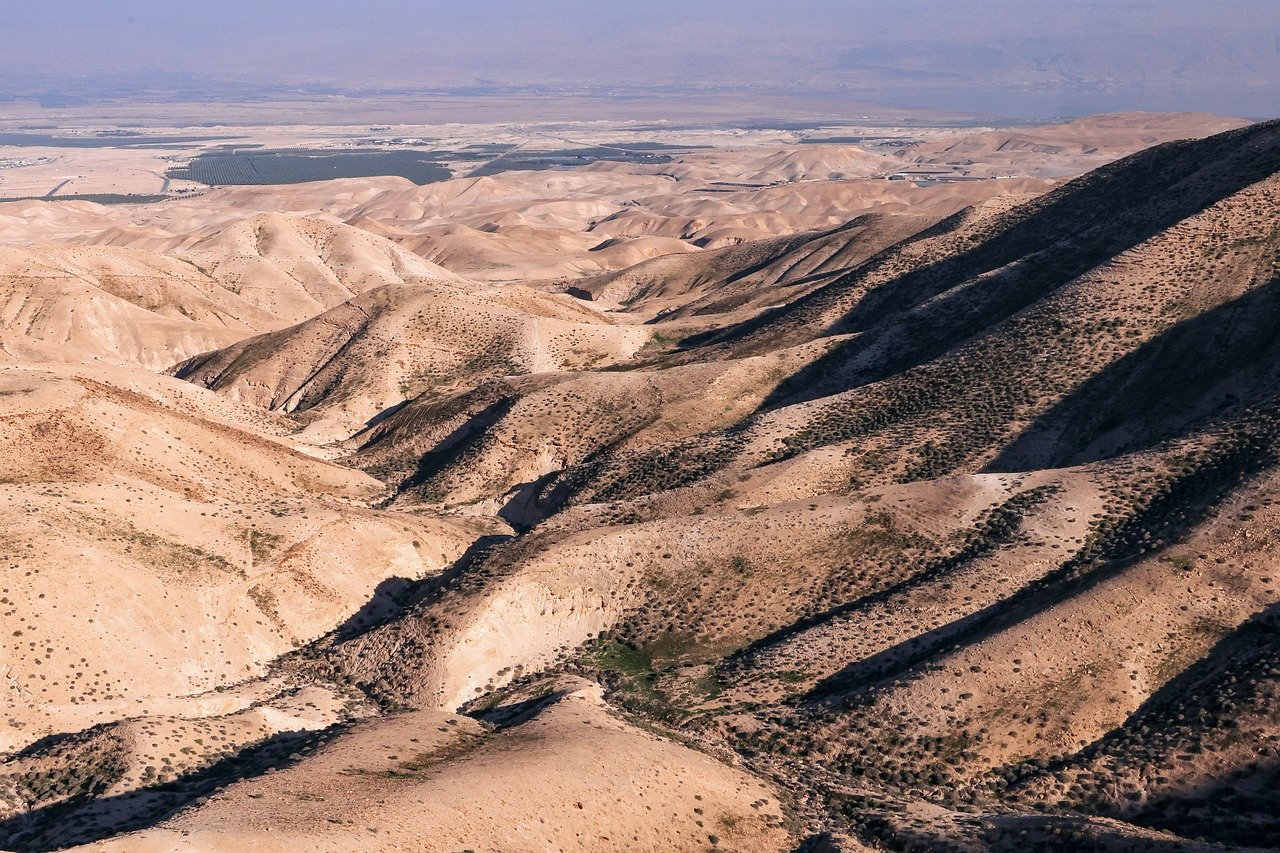A Deep Dive into Brazil‘s Diverse Marine Life: Best Spots for Snorkeling and Scuba Diving
Brazil, known for its vibrant culture and stunning landscapes, is also home to a rich tapestry of marine life that attracts snorkelers and scuba divers from around the world. With its extensive coastline and array of ecosystems, Brazil offers an underwater paradise that is as diverse as it is breathtaking. This deep dive into Brazil’s marine life explores the best spots for snorkeling and scuba diving, revealing the wonders hidden beneath the waves.
The Richness of Brazil’s Marine Biodiversity
Brazil’s marine biodiversity is a reflection of its vast geographical expanse and varied ecosystems. The country boasts over 7,400 kilometers of coastline, featuring coral reefs, mangroves, and expansive ocean floors teeming with life. This diversity provides a unique habitat for a multitude of species, making Brazil a key player in global marine conservation efforts. According to the International Union for Conservation of Nature (IUCN), Brazil’s waters are home to several endangered species, including sea turtles, sharks, and the iconic pink river dolphin.
Top Snorkeling and Diving Spots in Brazil
Fernando de Noronha
Located approximately 354 kilometers off the Brazilian coast, Fernando de Noronha is a UNESCO World Heritage site renowned for its pristine beaches and crystal-clear waters. The archipelago is a top destination for both snorkeling and scuba diving enthusiasts. Divers can explore underwater caves, coral reefs, and shipwrecks, encountering species such as dolphins, sea turtles, and a variety of fish. The clarity of the water and the abundance of marine life make Fernando de Noronha a must-visit for any aquatic adventurer.
Abrolhos Marine National Park
Nestled in the South Atlantic Ocean, Abrolhos Marine National Park is famous for its coral formations known as “chapeirões,” which resemble giant mushrooms. The park is a haven for humpback whales, especially between July and November when they migrate to the region to breed. Snorkelers and divers can enjoy close encounters with these majestic creatures, as well as explore vibrant coral gardens and swim among colorful fish. The park is also recognized by the World Wildlife Fund (WWF) for its efforts in marine conservation.

Ilha Grande
Located on the Costa Verde, Ilha Grande is a tropical paradise that offers a unique blend of lush rainforests and azure waters. Its proximity to Rio de Janeiro makes it an accessible yet secluded retreat. Divers can explore the island’s underwater caves and shipwrecks, which provide a home to diverse marine life including moray eels, seahorses, and octopuses. The island’s protected bays offer excellent conditions for snorkeling, allowing for intimate encounters with vibrant marine life.
Arraial do Cabo
Known as the “Brazilian Caribbean,” Arraial do Cabo is famous for its white sandy beaches and turquoise waters. The region is a favorite among divers due to its rich biodiversity and clear visibility. Divers can explore underwater rock formations and coral reefs teeming with marine life, including sea turtles, stingrays, and a variety of reef fish. The area’s unique ocean currents bring nutrient-rich waters, supporting a thriving underwater ecosystem.
Conservation Efforts and Sustainable Tourism
Brazil is committed to preserving its marine biodiversity through various conservation efforts. Protected areas such as marine parks and reserves play a crucial role in safeguarding marine life. Organizations like the Conservation International work closely with local communities to promote sustainable tourism practices that minimize environmental impact while supporting local economies.
Ecotourism initiatives are gaining traction, encouraging tourists to engage in activities that respect and protect marine ecosystems. By choosing certified eco-friendly operators and adhering to responsible diving practices, visitors can contribute to the preservation of Brazil’s marine treasures.
Preparing for Your Underwater Adventure
Before embarking on a snorkeling or diving trip in Brazil, it’s essential to prepare adequately. Ensure that you have the appropriate gear, including masks, fins, and wetsuits, and consider enrolling in a certified diving course if you’re new to the activity. Familiarize yourself with the region’s marine life and adhere to safety guidelines to ensure a safe and enjoyable experience.

Travelers should also be mindful of Brazil’s climate and plan trips according to the season. The best time for diving is typically during the dry season, which varies by region but generally falls between May and September. During this period, water conditions are optimal, with reduced rainfall and better visibility.
Takeaways
Brazil’s diverse marine life presents an unparalleled experience for snorkelers and scuba divers alike. From the protected waters of Fernando de Noronha to the vibrant marine ecosystems of Abrolhos Marine National Park, Brazil offers a plethora of underwater adventures that are both exhilarating and enlightening. By promoting sustainable tourism and conservation efforts, visitors can help ensure that these natural wonders remain protected for future generations. Whether you’re a seasoned diver or a curious snorkeler, Brazil’s marine landscapes promise a journey of discovery and awe.
For more information on Brazil’s marine biodiversity and conservation efforts, visit the National Geographic website for in-depth articles and resources.
Challenges Facing Brazil’s Marine Ecosystems
While Brazil’s marine environments are breathtaking, they are not without challenges. The increasing pressures of climate change, pollution, and overfishing pose significant threats to these delicate ecosystems. Rising sea temperatures and ocean acidification are impacting coral reefs, leading to bleaching events that threaten their survival. Efforts to mitigate these challenges are crucial for maintaining the health and diversity of Brazil’s marine life.
Pollution, particularly from plastic waste, is another major concern. The accumulation of plastics in the ocean can harm marine animals, who often ingest or become entangled in debris. Initiatives to reduce plastic use and improve waste management are critical in addressing this issue. Organizations like Greenpeace are actively working to combat ocean pollution through awareness campaigns and policy advocacy.

Community Involvement and Education
Local communities play a pivotal role in the conservation of Brazil’s marine environments. By involving residents in conservation efforts and providing education on sustainable practices, these communities can become stewards of their natural resources. Projects that offer training and employment in ecotourism not only enhance local economies but also promote the preservation of marine biodiversity.
Educational programs aimed at children and young adults are particularly effective in fostering a culture of conservation. By teaching the next generation about the importance of marine ecosystems and the threats they face, these programs help to instill a sense of responsibility and stewardship that can drive long-term change.
Innovative Conservation Techniques
In response to the challenges facing Brazil’s marine life, scientists and conservationists are exploring innovative techniques to protect and restore these ecosystems. Coral gardening, for instance, involves the cultivation of coral fragments in nurseries before transplanting them onto degraded reefs. This technique has shown promise in revitalizing damaged coral ecosystems and enhancing biodiversity.
Marine protected areas (MPAs) are another effective tool in conservation efforts. These designated zones restrict human activity to safeguard marine habitats and promote biodiversity. Brazil’s commitment to expanding its network of MPAs is a positive step toward ensuring the long-term health of its marine environments.
Embracing the Future of Marine Conservation
The future of Brazil’s marine biodiversity depends on a collaborative effort between government bodies, non-governmental organizations, scientists, and local communities. By working together to implement sustainable practices and innovative conservation strategies, Brazil can continue to protect its rich marine heritage for generations to come.
Visitors to Brazil are encouraged to engage in responsible tourism practices, support conservation initiatives, and advocate for policies that protect marine life. By doing so, travelers can contribute to the preservation of these underwater wonders and ensure that they remain vibrant and thriving for years to come.

Final Thoughts
Exploring Brazil’s marine life offers a unique opportunity to connect with nature and witness the incredible diversity that lies beneath the ocean’s surface. Whether you’re swimming alongside dolphins in Fernando de Noronha or marveling at the colossal chapeirões in Abrolhos, each dive reveals the beauty and complexity of Brazil’s marine ecosystems.
As we continue to uncover the secrets of the sea, it is our responsibility to protect and cherish these natural treasures. Through conservation efforts, sustainable tourism, and community involvement, we can ensure that Brazil’s marine life remains a source of wonder and inspiration for all who venture beneath the waves.
The Role of Technology in Marine Conservation
Advancements in technology are playing a crucial role in marine conservation efforts across Brazil. From satellite tracking to underwater drones, these tools are enhancing our understanding of marine ecosystems and enabling more effective conservation strategies.
For instance, satellite tracking is being used to monitor the movements of endangered species such as sea turtles and humpback whales. By understanding their migratory patterns, conservationists can implement measures to protect critical habitats and reduce human-wildlife conflicts. Similarly, underwater drones equipped with cameras and sensors are providing valuable insights into the health of coral reefs and the impact of environmental changes.
Furthermore, citizen science initiatives are leveraging smartphone technology to engage the public in marine conservation. Apps that allow users to report sightings of marine life or environmental threats are helping to gather data and raise awareness about the importance of protecting these ecosystems.
The Economic Impact of Marine Tourism
Marine tourism is a significant contributor to Brazil’s economy, providing jobs and supporting local businesses in coastal communities. The influx of tourists drawn by Brazil’s stunning marine environments boosts sectors such as hospitality, transportation, and recreational services.

However, it is essential to balance economic growth with environmental sustainability. Overcrowding and unregulated tourism can lead to habitat degradation and put additional pressure on marine ecosystems. By implementing sustainable tourism practices, Brazil can ensure that the economic benefits of marine tourism are realized without compromising the health of its natural resources.
Personal Stories: Experiences from Beneath the Waves
For many visitors, snorkeling and diving in Brazil offer life-changing experiences that deepen their appreciation for the ocean. Divers often recount encounters with curious dolphins, the sight of vibrant coral gardens, and the tranquility of gliding through the water alongside graceful sea turtles.
These personal stories highlight the transformative power of connecting with nature and underscore the importance of preserving these environments. By sharing their experiences, travelers can inspire others to explore Brazil’s marine wonders and contribute to their conservation.
How You Can Make a Difference
Every traveler has the opportunity to make a positive impact on Brazil’s marine environments. Choosing eco-friendly accommodations, supporting local conservation projects, and respecting marine life are just a few ways to contribute to the preservation of these ecosystems.
Volunteering with conservation organizations or participating in beach clean-up events are also effective ways to give back. By taking small but meaningful actions, visitors can help protect Brazil’s marine biodiversity and ensure that future generations can enjoy the same breathtaking experiences.
Conclusion: A Call to Action
Brazil’s diverse marine life is a testament to the beauty and complexity of our planet’s oceans. As we explore the vibrant underwater landscapes, we are reminded of our responsibility to protect and preserve these ecosystems for the future.
By embracing sustainable tourism, supporting conservation initiatives, and advocating for policies that protect marine life, we can all play a role in safeguarding Brazil’s marine treasures. Let us rise to the challenge and ensure that the wonders of the sea continue to inspire and captivate for generations to come.










